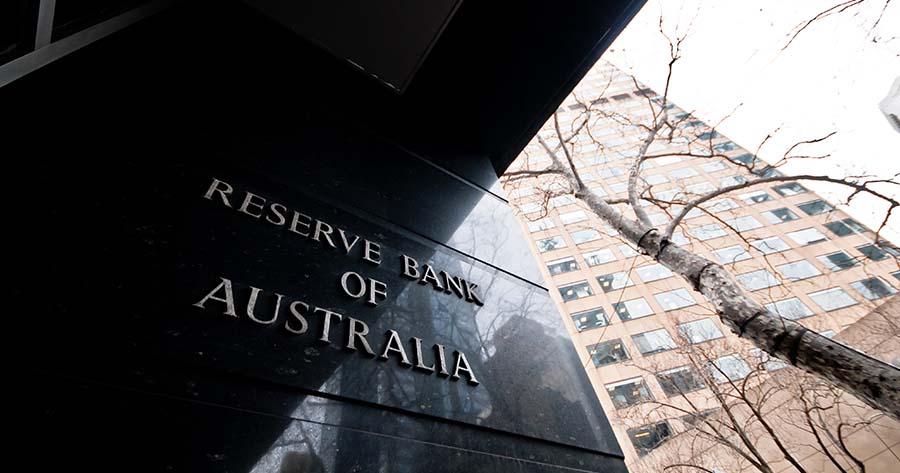An index measuring monthly inflation in Australia showed a decrease in July, indicating a gradual alleviation of price pressures in the ongoing quarter, although not at a pace that would justify immediate interest rate reductions.
The consumer price index rose by 3.5% compared to a year ago, slightly lower than the previous 3.8% and just above the anticipated 3.4%, according to data from the Australian Bureau of Statistics released on Wednesday.
Concurrently, the trimmed mean core measure, which excludes volatile items, increased by 3.8%, down from 4.1% in the previous month.
Following the release of the data, the Australian dollar saw a 0.2% increase, while stocks continued to decline. Despite market reactions, money markets are still predicting the first rate cut to take place in December.
This data release follows recent statements by RBA Governor Michele Bullock, who indicated no rate cuts for the year and cautioned that further policy tightening may be necessary.
The RBA’s current benchmark rate stands at a 12-year high of 4.35% after being held steady by the central bank three weeks ago, citing a need to monitor potential upside risks for inflation.
The RBA aims to bring consumer prices back within the target range of 2%-3%. Government energy subsidies contributed to a 6.4% decrease in July, with data indicating that electricity prices would have seen a 0.9% increase if excluding the rebates, as stated by Leigh Merrington, acting head of prices statistics at ABS.
Economist James McIntyre emphasized that the CPI data will play a critical role in the RBA’s discussions at the upcoming September 24 meeting, along with the second-quarter GDP figures.
It is anticipated that the RBA will maintain its current stance and retain a tightening bias to manage inflation expectations, with expectations leaning towards unchanged rates at the next meeting.





